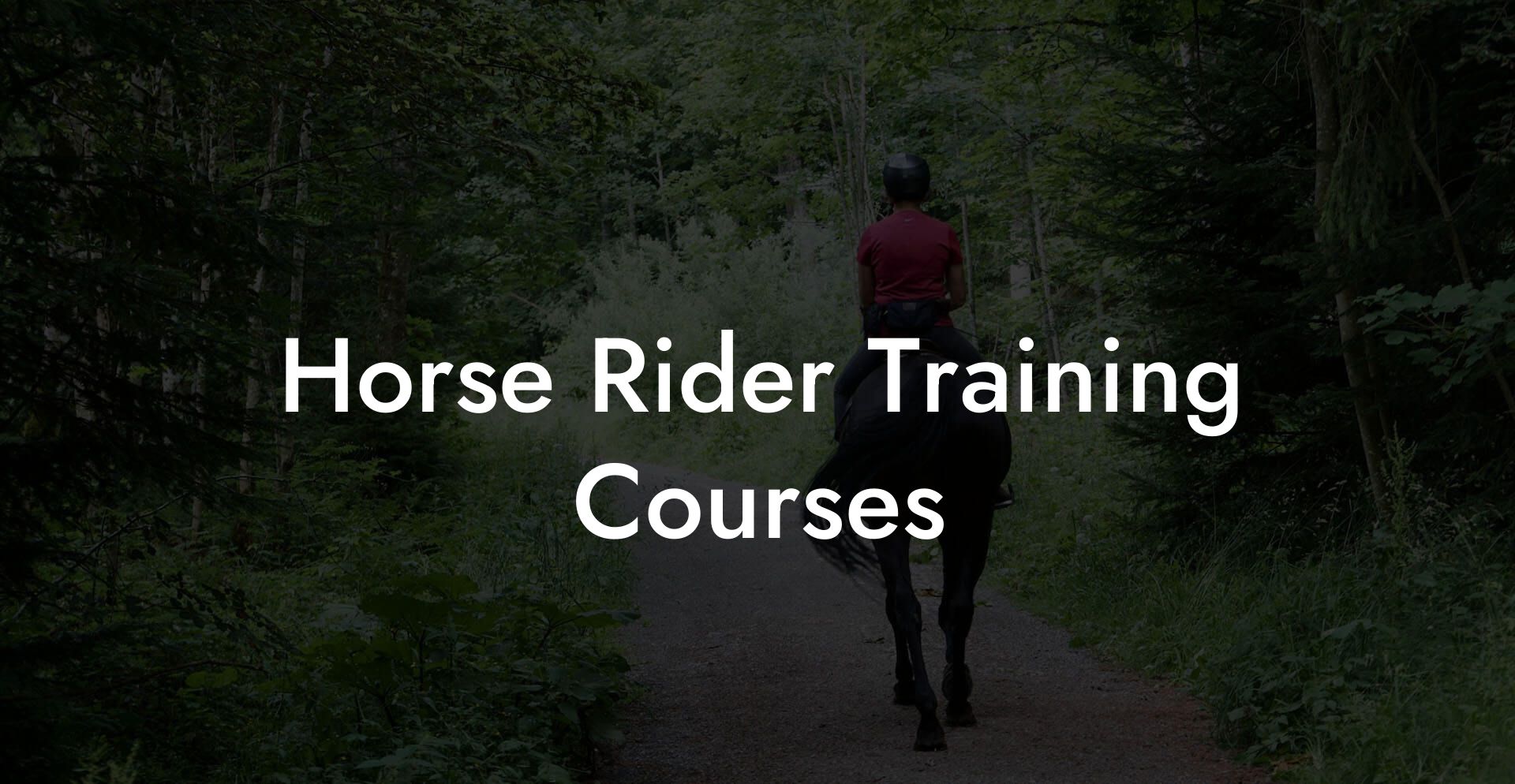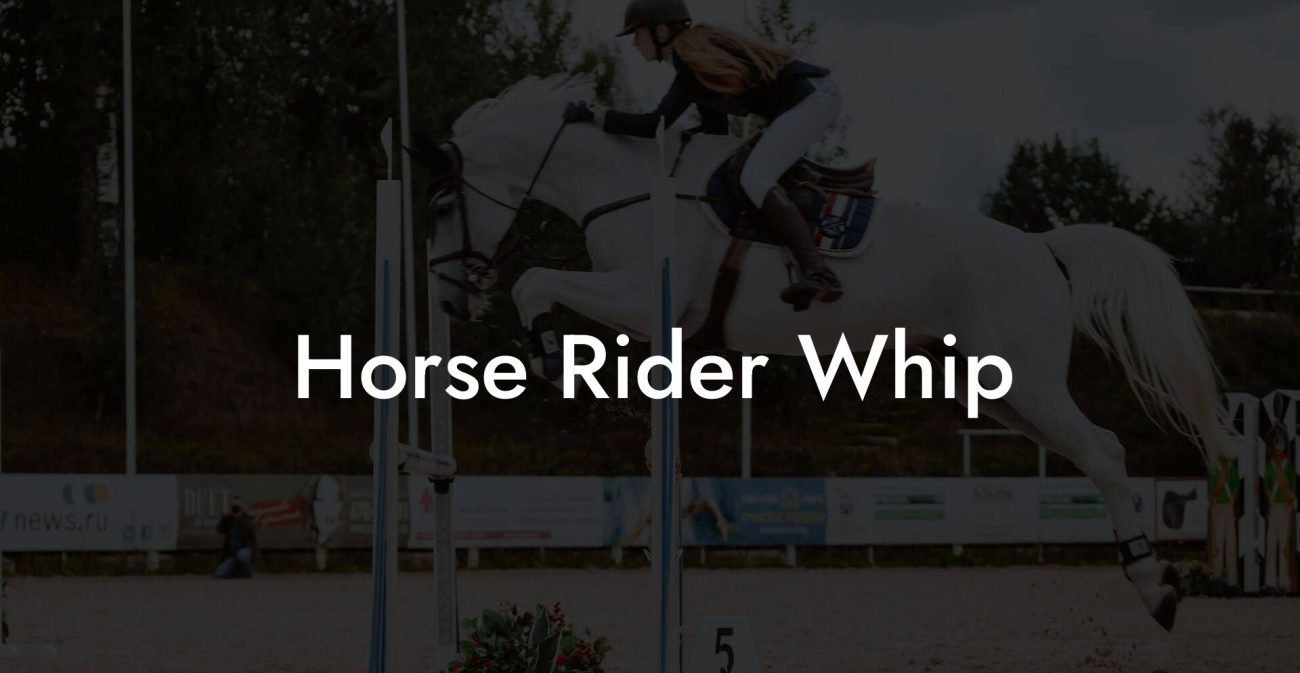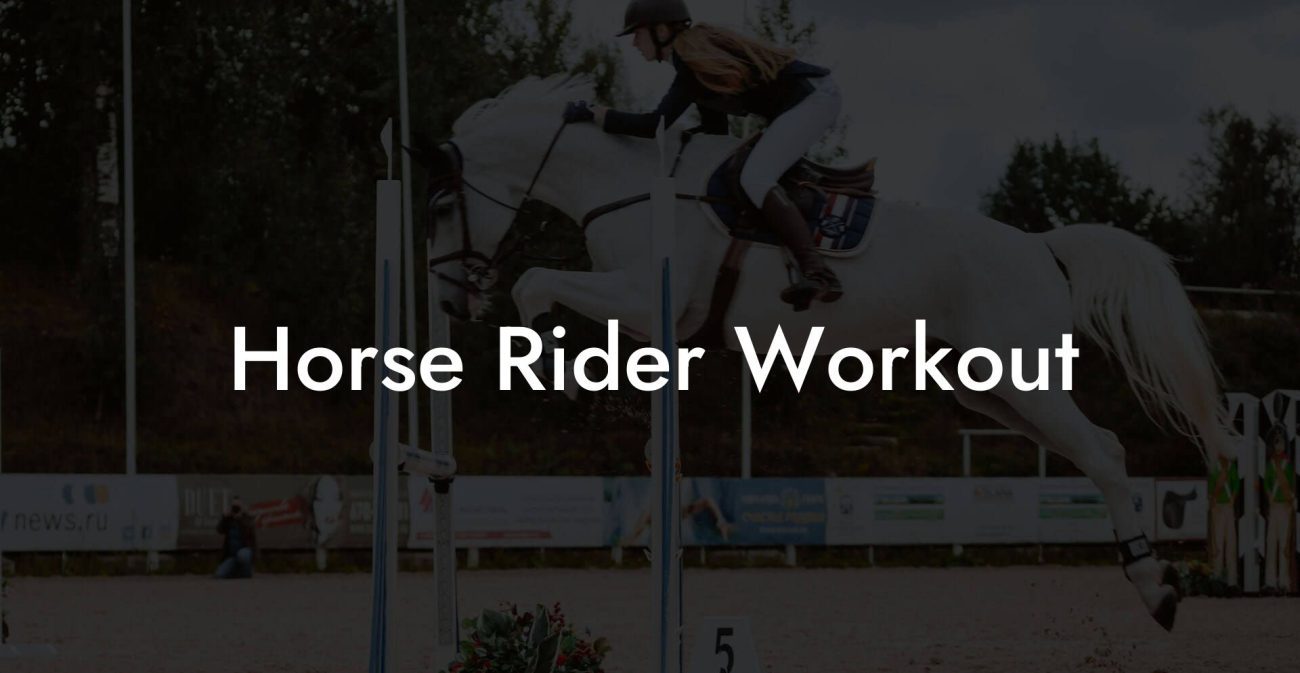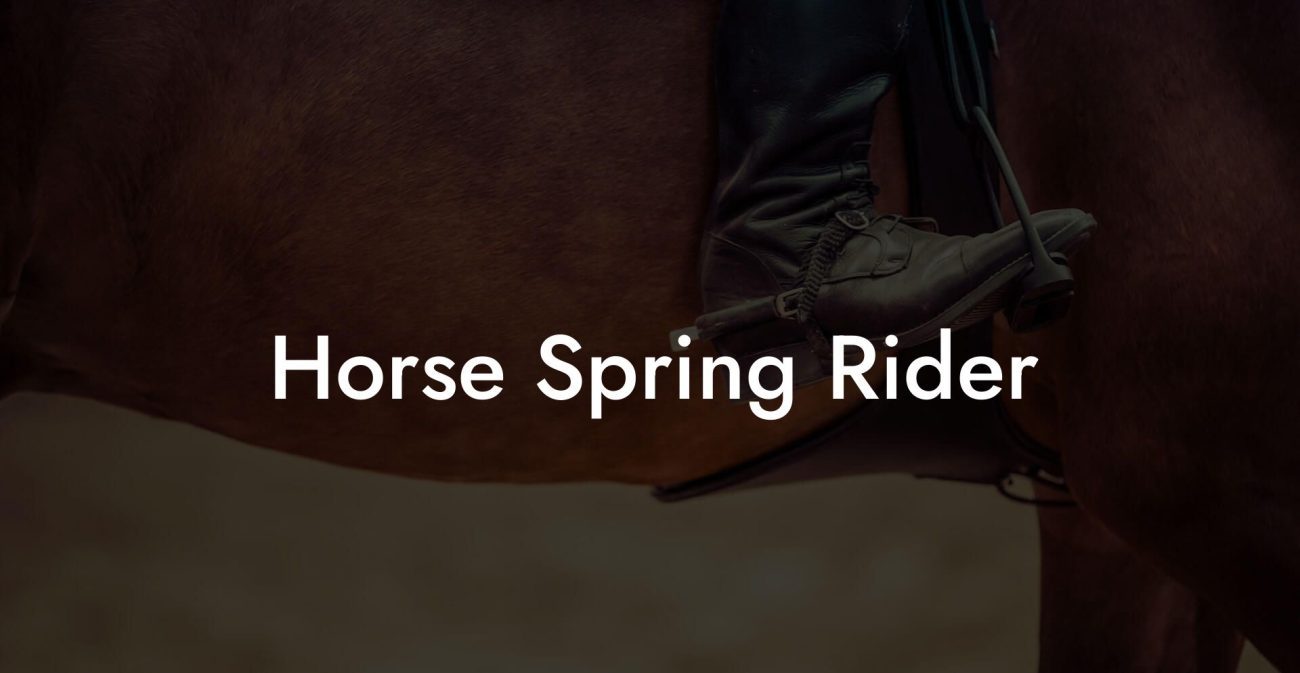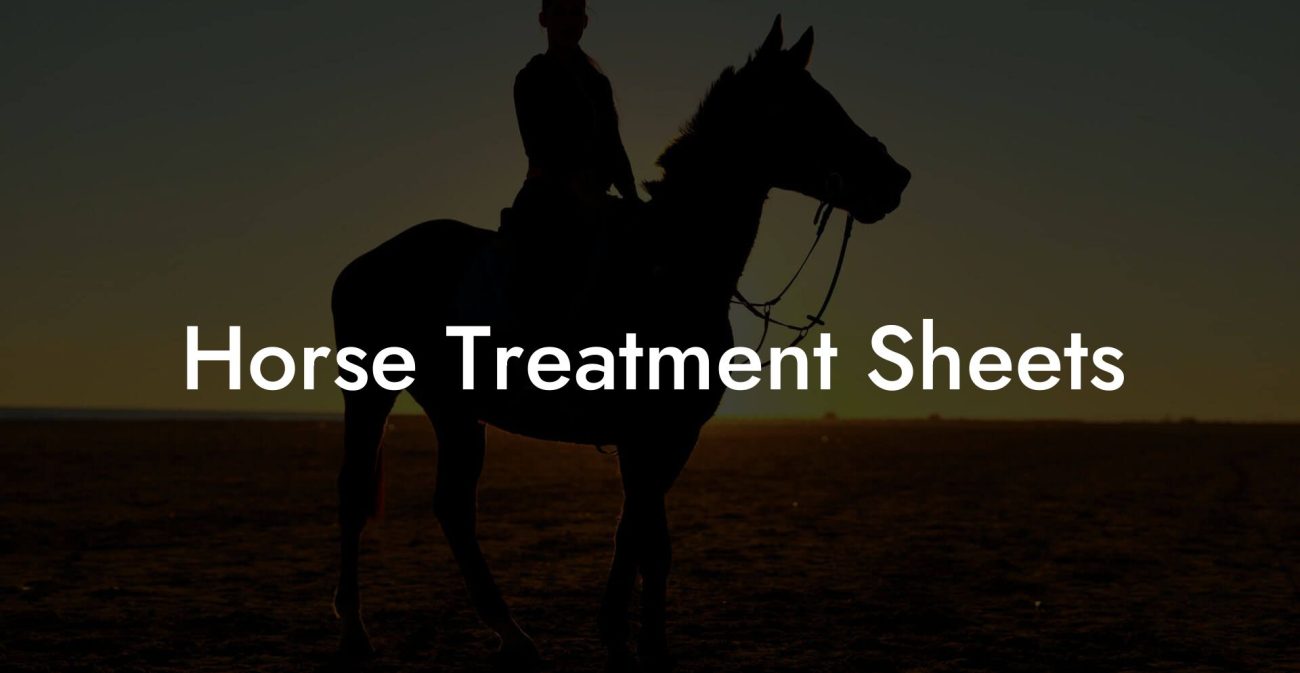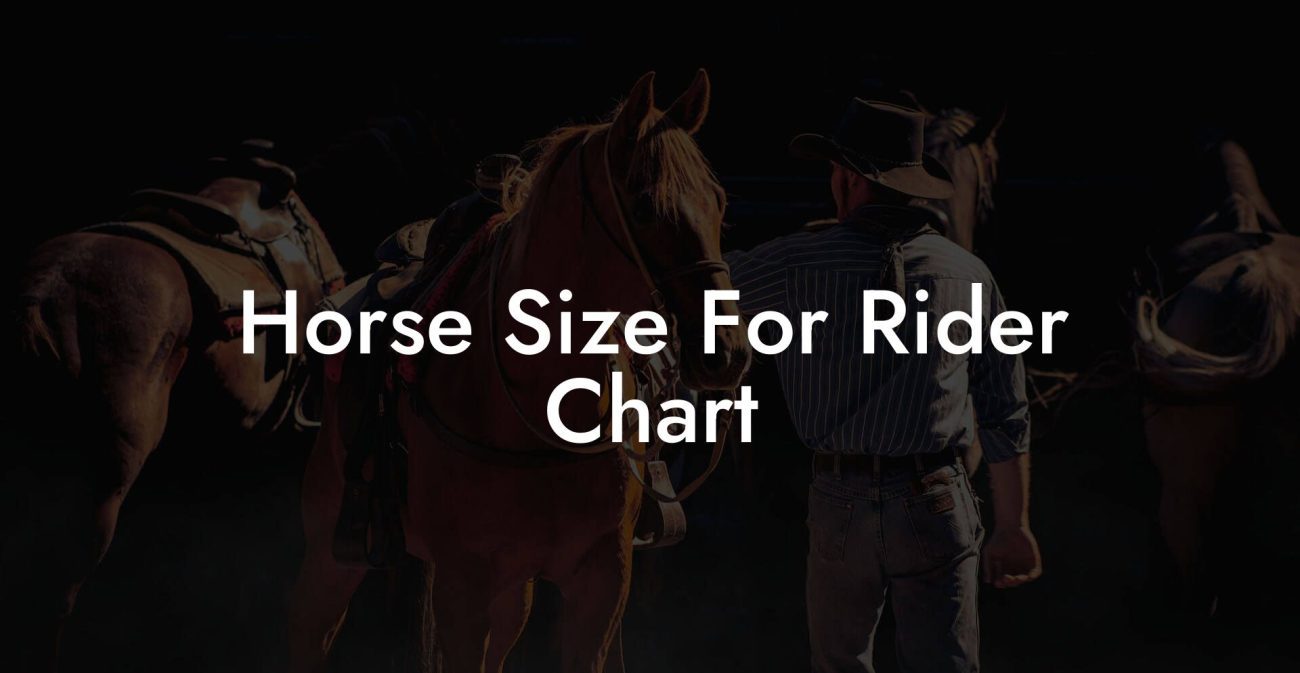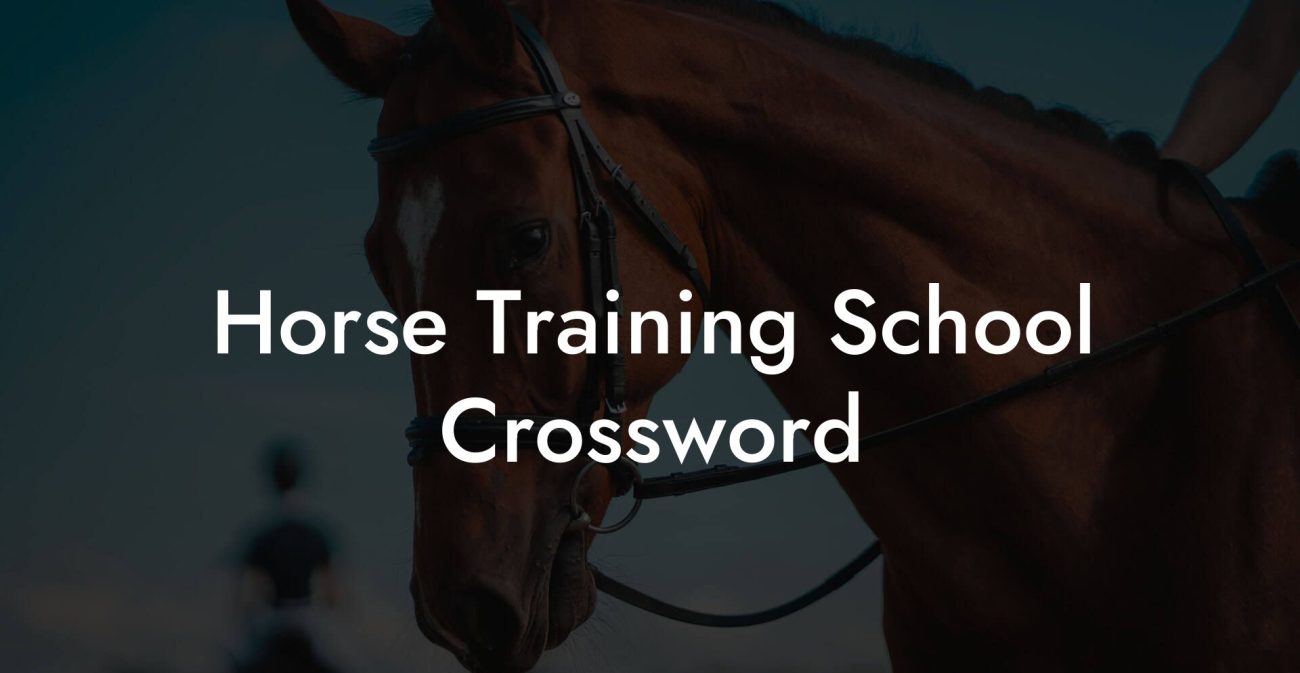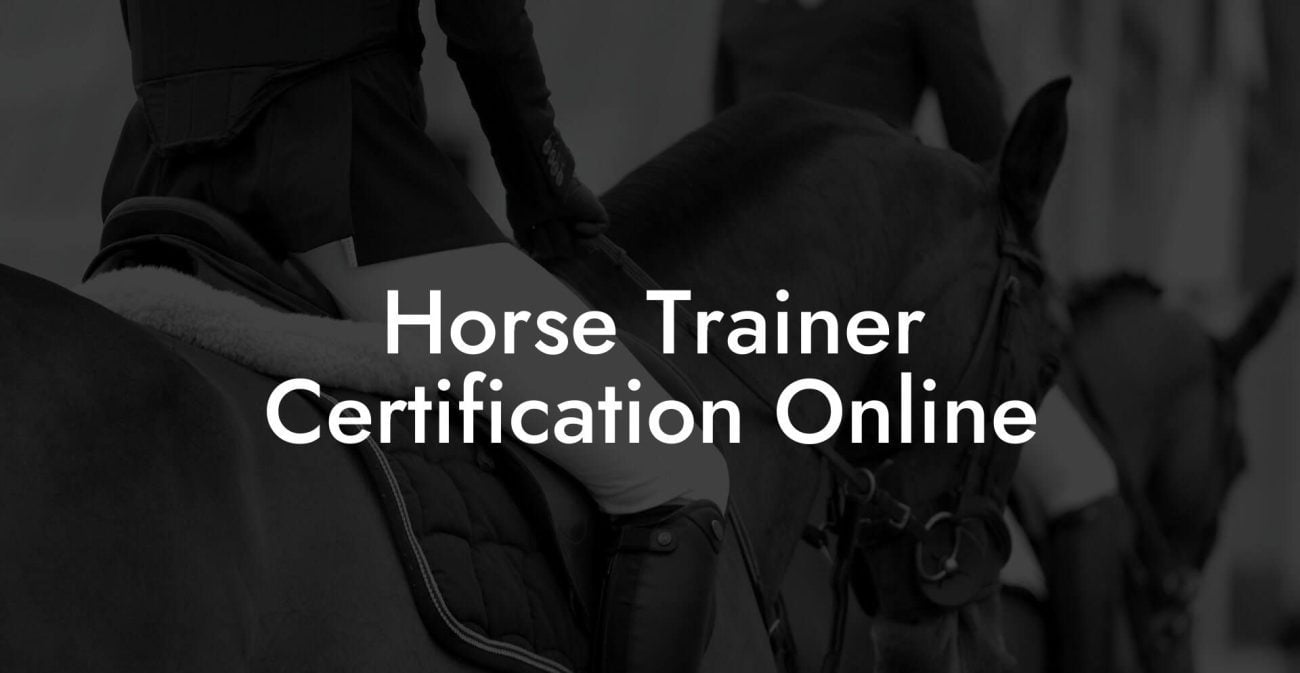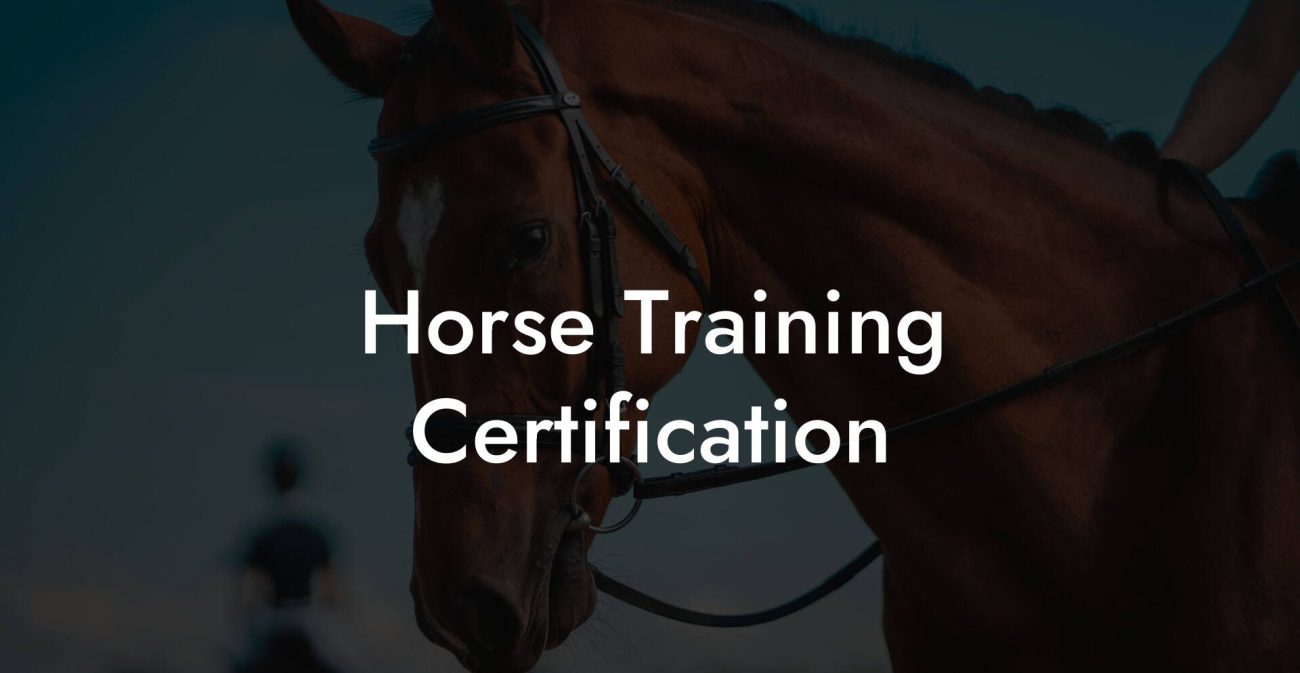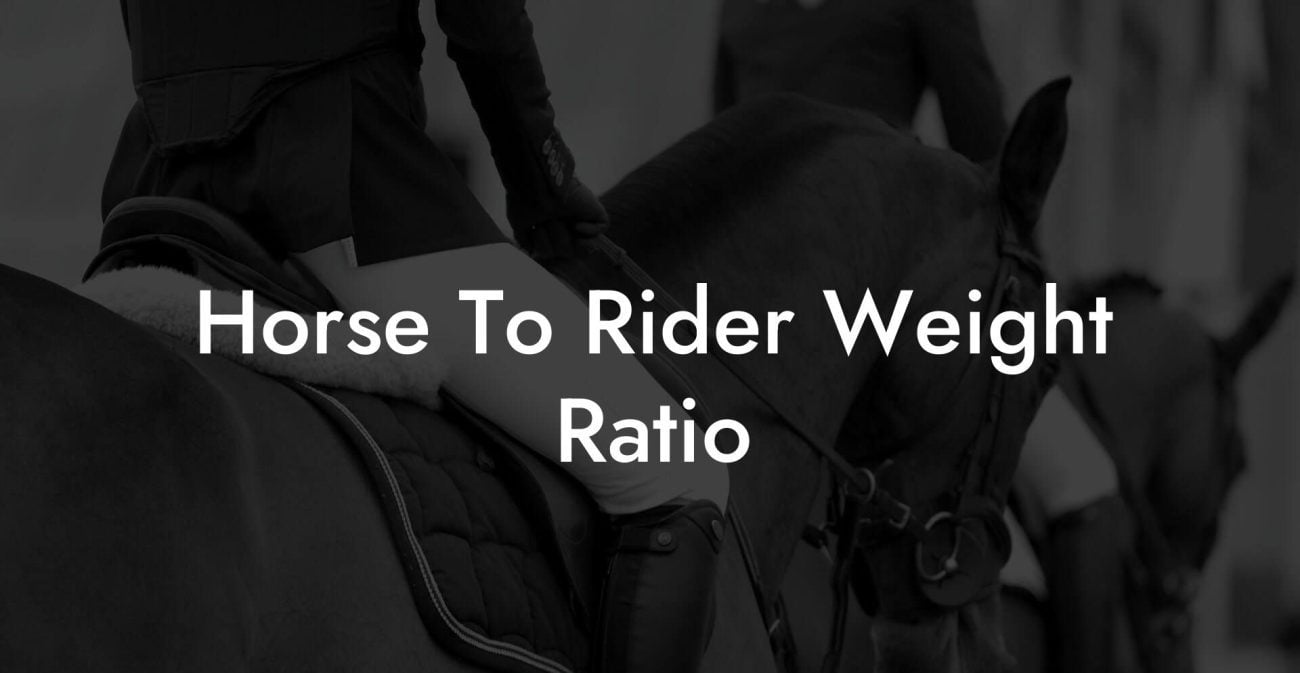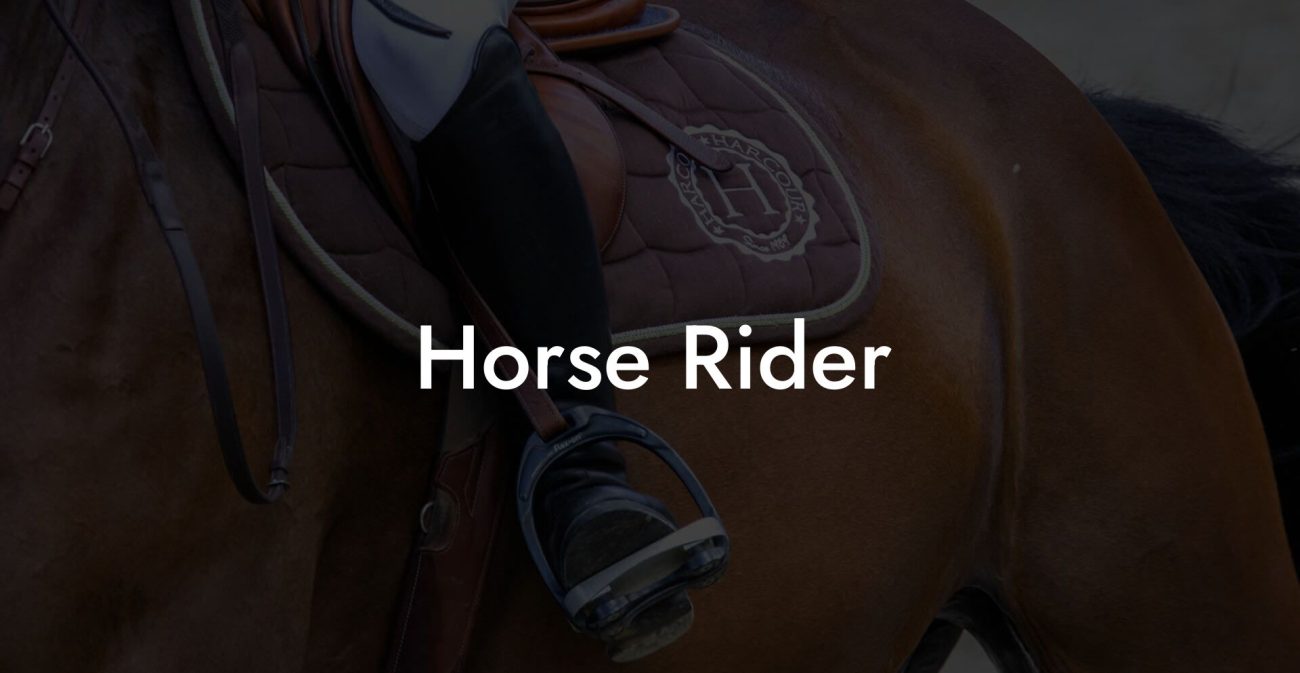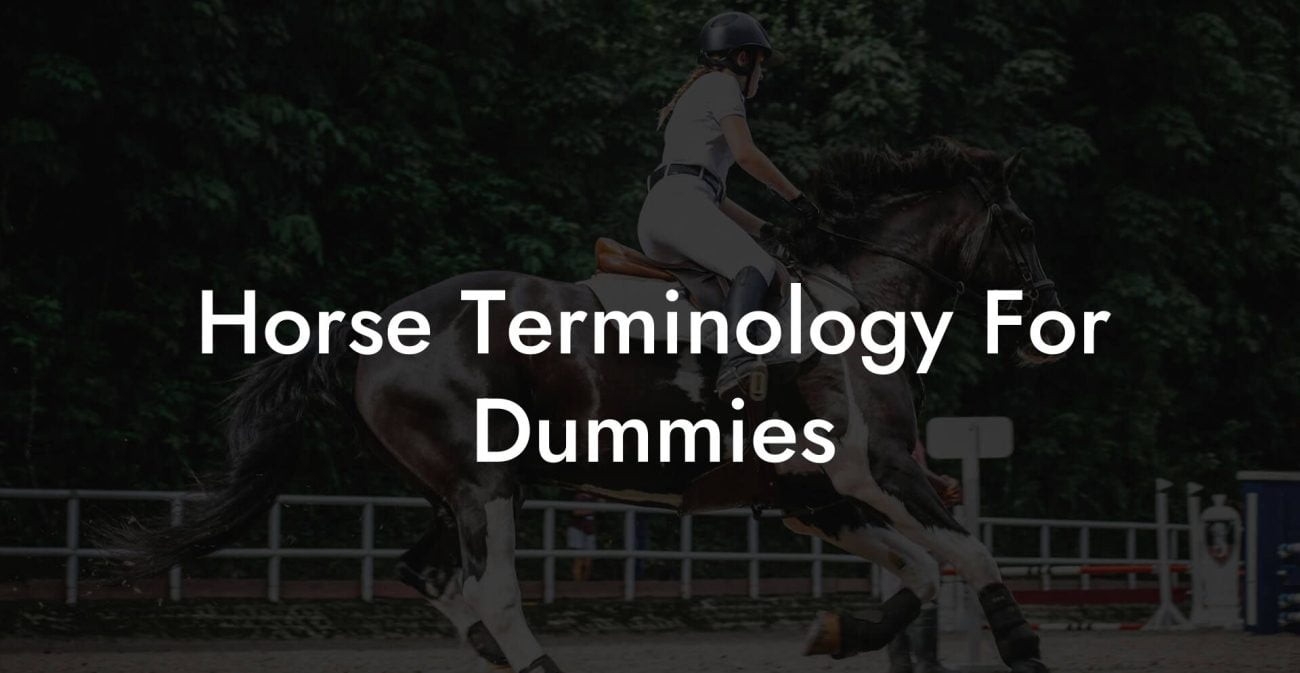There’s nothing quite like the thrill of galloping across a sun-drenched arena with your horse as your trusted partner, a timeless dance of balance, trust, and sheer adrenaline-fueled freedom that speaks directly to the heart of every modern equestrian. Whether you’re a Gen-Z adventurer or a millennial yearning for a deeper connection with nature, our comprehensive guide on Horse Rider training Courses is designed to equip you with the skills, insights, and horse care know-how needed to transform your riding dreams into reality.
Quick Links to Useful Sections
- What Are Horse Rider Training Courses?
- The Pillars of Equestrian Mastery in Modern Training
- Beginner Horse Rider Training Courses: Laying a Solid Foundation
- Learning the Basics: What to Expect
- Orientation to Horse Care
- Interactive and Digital Learning Tools
- Advanced Equestrian Techniques: Elevating Your Riding Experience
- Refining Your Posture and Control
- Exploring Diverse Riding Styles
- Technology-Enhanced Training
- Horse Care and Management: Beyond the Saddle
- The Essentials of Daily Grooming
- Tack and equipment Maintenance
- Nutrition and Health Management
- Mind-Body Practices: Cultivating Your Inner Equestrian
- Mindfulness and Its Impact on Riding
- Building Confidence Through Mental Training
- Listening to Your Horse’s Rhythm
- Nutritional, Equipment & Lifestyle Considerations for the Modern Equestrian
- Optimizing Your Diet for Peak Performance
- Investing in the Right Gear
- Balancing Lifestyle Demands
- Real Life Rider Transformations: Inspiring Journeys and Success Stories
- Case Study 1: From Reluctant Beginner to Confident Equestrian
- Case Study 2: Advanced Rider Reinventing Their Style
- Case Study 3: Healing Through Horsemanship
- Your Personalized Equestrian Training Plan: Steps to Success
- Step 1: Comprehensive Evaluation
- Step 2: Setting Clear, Achievable Goals
- Step 3: Integrate Multiple Learning Modalities
- Step 4: Establish a Consistent Routine
- Step 5: Regular Monitoring and Adjustment
- Resources and Community Support: Your Next Steps
- Equestrian FAQs: Answering Your Burning Questions
- Your Journey to Empowered Equestrian Excellence
What Are Horse Rider Training Courses?
Horse Rider Training Courses cover a wide spectrum of learning experiences that bridge the gap between beginner basics and advanced riding techniques. These courses are not just about learning to sit correctly on a saddle or mastering the art of trot; they’re an immersive journey into equestrian safety, horsemanship, and holistic horse care. In today’s dynamic world, equestrian training has evolved into a multifaceted discipline that integrates modern technology, expert traditional insights, and a growing awareness of the animal’s welfare.
From structured beginner lessons that teach you the fundamentals, like mounting and dismounting, basic control cues, and understanding horse behavior, to advanced clinics that refine your posture, balance, and riding techniques, these courses provide the roadmap for both personal growth and a closer bond with your equine partner. They emphasize safety protocols, the importance of proper tack and saddle fitting, and even how to care for your horse off the track or arena.
In essence, Horse Rider Training Courses aren’t solely focused on riding; they’re about cultivating a deep, respectful relationship with horses that honors the traditions of horsemanship while embracing contemporary practices. Whether you’re looking to compete professionally or simply enjoy recreational riding, these courses empower you with the skills and confidence to take the reins of your destiny.
The Pillars of Equestrian Mastery in Modern Training
At the heart of every successful rider’s journey lies a robust foundation built on several key pillars. These pillars, spanning from technical skills to mental fortitude, ensure that your progress is steady, sustainable, and, most importantly, enjoyable.
- Fundamental Riding Techniques: Every rider must master the basics, from mounting correctly to understanding gaits. This includes learning the proper use of reins, balance, and posture.
- Horsemanship and Bonding: Beyond riding, the art of horsemanship involves understanding horse behavior, communication, and body language. This creates a partnership built on mutual respect.
- Safety and Risk Management: Advanced courses often focus on emergency protocols, fall prevention techniques, and first aid for both riders and horses, ensuring a secure riding experience.
- Modern Riding Technology: Biofeedback devices, video analysis, and wearable technology provide real-time feedback on your technique, helping you fine-tune your riding skills.
- Horse Care and Management: A well-rounded course also covers grooming, stable management, nutrition, and overall horse health, integral for any rider’s success.
These pillars are interwoven into every lesson and practice session. They transform the process of learning into an engaging, well-rounded experience that goes far beyond the basics of riding, setting the stage for a long and fulfilling equestrian journey.
Beginner Horse Rider Training Courses: Laying a Solid Foundation
For those just starting out, beginner courses serve as your gateway into the world of equestrian sports. It’s in these foundational classes where you’ll learn the language of horses and start to understand the subtle art of riding with confidence.
Learning the Basics: What to Expect
In a typical beginner course, you’ll get familiar with essential riding techniques such as proper seat position, balance maintenance, and using body cues to communicate with your horse. Expect to start your training with hands-on exercises that build muscle memory and enhance your sense of timing and coordination. These sessions often include controlled environments where instructors demonstrate and supervise your progress meticulously.
Orientation to Horse Care
Horse care goes hand in hand with riding; understanding the basics of grooming, tack maintenance, and safe stable practices are all front and center in novice courses. You’ll learn how to inspect your saddle for proper fit, brush your horse effectively, and even identify early signs of common ailments. This knowledge not only ensures your horse’s comfort and longevity but also instills confidence as you begin to manage equine health issues.
Interactive and Digital Learning Tools
Embracing modern technology, many beginner courses now include interactive digital tools and online modules. These resources offer everything from video tutorials and step-by-step guides to virtual tours of stables and training facilities. They allow you to revisit the lessons at your own pace and integrate classroom learning with real-world practice.
The journey for a beginner is marked by small victories, perfecting your mounting technique, synchronizing with your horse’s rhythm, and ultimately overcoming that first bout of nerves. Each session solidifies your new-found skills and deepens your relationship with these majestic animals.
Advanced Equestrian Techniques: Elevating Your Riding Experience
Once you’ve established a basic understanding of riding and horse care, advanced courses take you deeper into the intricacies of equestrian sports. These elite training sessions perfect your technique and push you toward greater precision and sophistication in your riding style.
Refining Your Posture and Control
Advanced training hones your posture, making subtle adjustments that result in a more efficient riding style. This includes refining your balance, learning the perfect release of rein pressure, and mastering the art of riding through various gaits, from a gentle walk to an adrenaline-pumping gallop. Precision is key, and every little adjustment opens up new possibilities for performance.
Exploring Diverse Riding Styles
The world of advanced horsemanship includes disciplines such as dressage, show jumping, eventing, and even western riding. Each style has its own set of techniques and challenges. For example, dressage emphasizes fluidity and grace, while show jumping tests your timing and bravery. Advanced courses often allow you to sample multiple styles before committing to a specialty, encouraging a well-rounded skill set.
Technology-Enhanced Training
Gone are the days when learning was confined to the stable. Today’s advanced equestrian courses incorporate virtual simulations, performance tracking apps, and biometric feedback to help you analyze every aspect of your riding. With these technologies, you achieve insights into your riding mechanics and can make rapid improvements based on precise data.
Advanced training isn’t just about pushing your limits, it's about understanding the nuances of movement and the subtle signals your horse sends. In these courses, you evolve from merely riding a horse to performing a well-choreographed symphony of movement that captivates audiences and judges alike.
Horse Care and Management: Beyond the Saddle
A great rider is also a great caretaker. Modern training courses emphasize that the journey of mastering horsemanship extends far beyond the arena. Effective horse care and management are critical skills that contribute greatly to your overall success as an equestrian.
The Essentials of Daily Grooming
Grooming is more than just a pre-ride ritual, it’s a way to connect with your horse, understand its health, and build trust. From the meticulous cleaning of the mane and tail to the careful inspection of hooves for signs of wear or injury, grooming sessions are designed to keep your horse in peak condition. Proper grooming techniques also help prevent skin infections and encourage a strong bond between rider and horse.
Tack and equipment Maintenance
Every piece of equipment, from saddles to bridles, plays a vital role in your riding performance. Good training courses will educate you on choosing the right gear, ensuring proper fit and comfort for both you and your horse. You’ll learn not only how to select quality equipment but also how to perform regular maintenance checks and minor repairs, a skill that saves time and money in the long run.
Nutrition and Health Management
Horse care is incomplete without proper attention to nutrition. Modern courses often include modules on dietary planning, offering insights into the ideal mix of hay, grains, supplements, and water that your horse needs. Experts discuss how to identify signs of nutritional imbalances and implement natural remedies to keep your horse energized and healthy.
These comprehensive aspects of horse care create a full-circle approach that embraces the equine’s physical, mental, and emotional well-being, all essential for a thriving riding career.
Mind-Body Practices: Cultivating Your Inner Equestrian
In the fast-paced world of modern equestrian sports, achieving physical prowess is just one part of the equation. An often-overlooked aspect of training is the mind-body connection, a harmony that allows you to listen to your body, respond to your horse’s cues, and maintain calm under pressure.
Mindfulness and Its Impact on Riding
The practice of mindfulness helps you focus on the present moment, filtering out distractions and embracing the flow of the ride. Techniques such as meditation, deep breathing exercises, and even guided imagery can help reduce riding anxiety and enhance concentration. When your mind is as agile as your body, you ride not just with your muscles, but with your heart.
Building Confidence Through Mental Training
Every rider faces moments of self-doubt or anxiety, especially when venturing into challenging courses or competitive environments. Mental training sessions, often included in advanced rider courses, involve visualization exercises, positive affirmations, and stress management techniques that build resilience. This mental fortitude not only boosts your riding performance but also deepens your connection with your horse in moments of uncertainty.
Listening to Your Horse’s Rhythm
Horses are incredibly intuitive animals. They can sense tension, fear, or excitement in their riders. By honing your mental focus, you can better interpret the subtle cues your horse provides, be it a flick of the ear or a shift in weight. A deep, mindful connection ultimately translates into more responsive riding, where both you and your horse move as one coherent unit.
Harnessing the power of mind-body practices reflects the modern approach to equestrian training, where mental clarity is as essential as physical skill.
Nutritional, Equipment & Lifestyle Considerations for the Modern Equestrian
Just as athletes fuel their bodies with high-performance nutrition and embrace the latest in sports technology, equestrians benefit immensely from modern advancements in equipment, nutrition, and lifestyle management. These elements ensure that you and your horse are always at your peak performance.
Optimizing Your Diet for Peak Performance
With busy lifestyles and demanding training schedules, it’s crucial to maintain a balanced, nutrient-rich diet that supports sustained energy levels and muscle recovery. For riders, this means incorporating lean proteins, whole grains, and a colorful array of fruits and vegetables to keep both the body and mind sharp. Meanwhile, your horse benefits from tailored nutritional plans that address its specific dietary needs, ensuring optimal health and performance.
Investing in the Right Gear
Quality riding apparel and equipment can make a world of difference in your training sessions. Modern equestrian gear is designed with both style and functionality in mind, think ergonomically designed saddles that reduce pressure points, breathable fabrics that keep you cool under pressure, and high-tech helmets that promise safety without sacrificing style. Investing in well-fitted gear not only improves performance but also decreases the risk of injury.
Balancing Lifestyle Demands
Life as a modern rider can be as demanding off the saddle as it is on it. Whether you’re juggling creative side projects, managing a busy career, or simply striving to maintain a healthy social life, it’s essential to strike a balance. Establishing a structured training routine, scheduling downtime for recovery, and engaging with a supportive equestrian community ensures that your passion remains both a source of joy and a healthy pursuit.
The integration of advanced nutritional practices, top-notch equipment, and lifestyle management strategies represents a holistic approach that elevates every aspect of your riding experience. It’s this embrace of modern methods that makes the journey of learning to ride so engaging and rewarding.
Real Life Rider Transformations: Inspiring Journeys and Success Stories
Success in horsemanship isn’t a one-size-fits-all achievement, it comes in many forms and is often inspired by real-life stories of transformation. Whether it’s a novice who’s overcome personal obstacles or an experienced rider pushing the boundaries of their discipline, every success story serves as a beacon for others in the equestrian community.
Case Study 1: From Reluctant Beginner to Confident Equestrian
Taylor, a self-described “urban cowboy” with zero riding experience, was initially intimidated by the idea of working with horses. After enrolling in a local beginner course that balanced hands-on instruction with modern digital tutorials, Taylor not only learned the basics of riding but also developed a deep, respectful bond with their horse. Over time, Taylor’s newfound confidence propelled them into competitive show jumping, where disciplined practice and a focus on horse care transformed them into a local champion.
Case Study 2: Advanced Rider Reinventing Their Style
Morgan, an experienced rider with a solid foundation, sought to reinvent their approach to riding by embracing advanced techniques and cutting-edge technology. By incorporating video analysis and performance tracking, Morgan was able to pinpoint subtle inefficiencies in their riding posture and technique. With personalized coaching and a revamped training regime emphasizing mindfulness and biofeedback, Morgan not only improved competitive scores but also achieved an elevated level of artistry in dressage routines.
Case Study 3: Healing Through Horsemanship
For many, riding is more than a sport, it’s a pathway to healing and self-discovery. Jordan faced significant personal challenges and struggled with confidence after a difficult period in life. Seeking a fresh start, Jordan joined an integrative training course that blended traditional riding lessons with mental resilience sessions and group mentoring. Over several months, the connection with their horse and a supportive equestrian community not only improved Jordan’s riding skills but also instilled a profound sense of emotional well-being and personal growth.
These inspiring journeys demonstrate that regardless of where you start, the path to equestrian mastery is uniquely transformative. Every lesson, every challenge, and every triumph builds a narrative that empowers you to redefine what’s possible, both as a rider and as an individual.
Your Personalized Equestrian Training Plan: Steps to Success
Crafting a personalized training plan is the cornerstone of any successful equestrian journey. By tailoring your approach to your unique needs and goals, you can achieve continuous progress while enjoying every step of the learning process. Here’s how to build a training plan that truly works for you:
Step 1: Comprehensive Evaluation
Start with an in-depth evaluation by an experienced riding instructor. This assessment should encompass your current riding skills, physical fitness, horse care abilities, and even your mental readiness for the challenges ahead. Detailed feedback at this stage allows you to identify strengths to build on, as well as areas requiring targeted improvement.
Step 2: Setting Clear, Achievable Goals
Whether your aim is to progress from the basics to more challenging disciplines like dressage or show jumping, set clear, measurable goals. Break down your objectives into short-term milestones and long-term aspirations. This method not only keeps you motivated but also provides a tangible roadmap to track your progress along the way.
Step 3: Integrate Multiple Learning Modalities
Modern equestrian training thrives on versatility. Incorporate a mix of hands-on riding sessions, theoretical classroom modules, online resources, and even virtual simulations that analyze your riding form. Complement these with dedicated horse care workshops and wellness sessions that cover everything from nutrition to equipment maintenance.
Step 4: Establish a Consistent Routine
Consistency is key. Develop a daily or weekly routine that includes riding practices, grooming sessions, and mindfulness exercises. Consistent practice reinforces muscle memory, builds your confidence, and deepens your bond with your horse. Use digital calendars, training apps, or even equestrian community groups to stay accountable.
Step 5: Regular Monitoring and Adjustment
Your training plan should be a living document, one that evolves as you progress. Keep a training journal to log your sessions, challenges, and breakthroughs. Regularly revisit your goals with your instructor, making adjustments based on performance feedback and personal growth. This iterative process ensures that you remain on the cutting edge of equestrian skills.
By following these steps, you’ll craft a personalized training plan that adapts to your evolving needs. It’s a journey that requires commitment, persistence, and above all, a love for the unique harmony that exists between rider and horse.
Resources and Community Support: Your Next Steps
One of the most inspiring aspects of modern equestrian life is the strong, interconnected community that supports riders at every stage of their journey. In today’s digital age, connecting with fellow enthusiasts, coaches, and experts has never been easier. Social media platforms, online forums, and local riding clubs provide a wealth of resources, mentorship, and shared wisdom that can amplify your learning curve.
Look for online groups that offer virtual coaching sessions and interactive Q&A forums. These platforms connect you with like-minded individuals who are passionate about horse care, equestrian training techniques, and the latest riding technology. Participating in community events, webinars, and local meetups is a fantastic way to immerse yourself in practical knowledge, receive peer feedback, and celebrate your milestones together.
Furthermore, many training centers now offer hybrid courses that blend in-person instruction with digital resources. This flexibility makes it easier to access high-quality training regardless of your schedule or location. Whether you’re new to riding or an experienced competitor, the support of the equestrian community will be a vital asset on your journey.
As you evaluate your next steps, leverage community resources, share your experiences, and collaborate with mentors who can guide you through challenges. Your path to equestrian mastery is not a solitary one, it’s a vibrant, shared adventure filled with encouragement, camaraderie, and collective passion.
Equestrian FAQs: Answering Your Burning Questions
Below are some frequently asked questions that touch on various aspects of horse rider training courses, equine care, and modern techniques in horsemanship.
1. What types of Horse Rider Training Courses are available?
Courses range from beginner classes that teach basic riding skills and horse care essentials to advanced training programs focusing on disciplines like dressage, show jumping, and eventing. Many courses now include modern technology from video analysis to virtual simulations.
2. How do modern equestrian courses address both riding and horse care?
Comprehensive courses integrate riding lessons with modules on horse grooming, nutrition, stable management, and equipment maintenance, ensuring a well-rounded approach to horsemanship.
3. Are advanced courses suitable for experienced riders only?
While advanced courses are designed for riders with a basic foundation, many programs offer tiered learning modules that allow individuals to progress at their own pace, from refining core techniques to mastering specialty riding styles.
4. What safety measures are included in a good training program?
Safety is a top priority, with courses teaching proper technique, emergency protocols, and equipment handling. Advanced classes may also include fall prevention training, first aid for riders, and on-site safety evaluations.
5. How can technology enhance my riding lessons?
Modern training courses often use performance tracking apps, biofeedback devices, and video analysis to provide real-time insights and help refine your technique.
6. Can I learn horse care and stable management online?
Absolutely. Many institutions offer hybrid courses that combine online learning modules covering the principles of horse care with hands-on practical sessions.
7. How do I select the right course for my skill level and goals?
Start with an evaluation by an equestrian expert to assess your current abilities and discuss your future aspirations. This guidance will help you choose a course that aligns with your individual needs.
8. Do these courses accommodate riders with busy lifestyles?
Yes, many training programs are designed with flexibility in mind, offering evening sessions, weekend workshops, and hybrid online/in-person classes to fit into busy schedules.
9. Is there a community component to these courses?
Absolutely, connecting with fellow riders through social media, forums, and local riding clubs is an integral part of modern equestrian training. These communities provide support, networking, and collaborative learning opportunities.
10. What is the long-term benefit of enrolling in a horse rider training course?
Beyond acquiring riding techniques, you’ll gain a deeper bond with your horse, knowledge in comprehensive care, and lifelong skills that empower you to participate confidently in a range of equestrian activities.
Your Journey to Empowered Equestrian Excellence
The road to equestrian mastery is a dynamic, evolving pathway that blends technical riding skills, a deep understanding of horse care, and the continual personal growth of both body and mind. Every lesson you undertake is a step toward mastering the art of riding with confidence, precision, and heart.
With Horse Rider Training Courses tailored to a modern audience that values authenticity, community, and advancement, you have the opportunity to explore riding in a way that honors the age-old traditions of horsemanship while embracing innovative, forward-thinking techniques. From learning the nuances of saddle fitting and stable management to adopting mindfulness practices that help you tune into your horse’s rhythm, your journey will not only change how you ride, it will transform how you perceive the world around you.
Take that courageous leap, invest in your skills, and build a partnership with your horse that resonates with trust, mutual respect, and an irrepressible spirit of adventure. Every stride you take is not just progress in your riding career, it’s a celebration of the timeless bond between rider and horse, enriched by modern insights and a passion for excellence.
So saddle up, embrace the learning curve, and let your journey toward empowered equestrian excellence begin today. With every ride, every practice session, and every moment spent learning, you’re not just riding, you’re shaping a legacy of horsemanship that stands as a testament to your dedication and passion.

